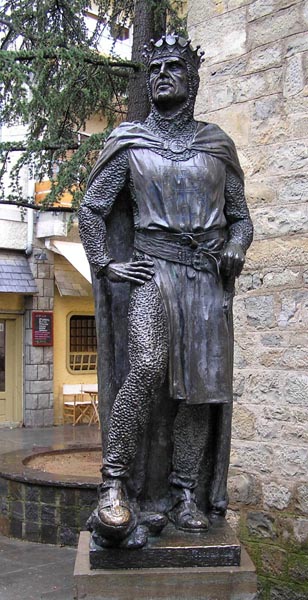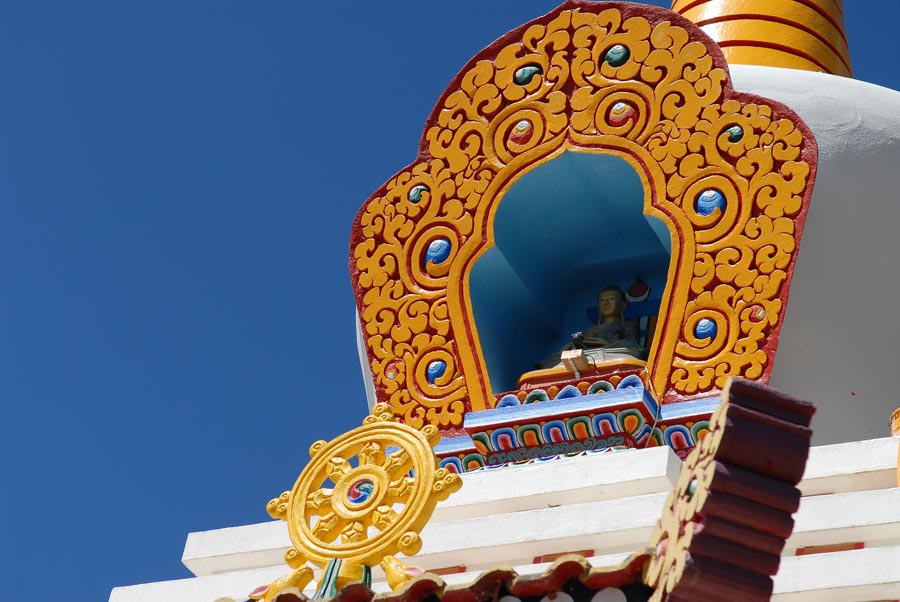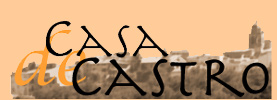History
For over 50.000 years people have lived in the Ribagorza. Remains, dating back to the Paleozoic era, found in Castilló del Plá, Merli, Aré, Olvena and Las Forcas de Graus prove this. Near La Puebla de Castro the remains of the Roman city Labitolosa can be found on a hill called the Cerro Calvario. Labitolosa used to be the capital of a part of Spain under Roman influence; an area about 5000 square kilometres, south of Montréjeau in France.
In the 9th century Ribagorza was part of the county of Tolosa. During this period the land was divided into small enclaves, run by Christians who were liberated from the Moors. At the end of this century Count Ramón I severed the dependency of Tolosa and made the Ribagorza an independent county. Dating back to this period are the cloisters of Obarra, Alaón (and Sopeira) and San Pedro de Tabernas (Siera). His descendent Ramón II built the cathedral of Roda and other important churches.
After various attempts to reconquer the area by the moors, king Sancho el Mayor de Navarra honoured the independency of the county. His successor Gonzalo was called King of Sobrarbe and Ribagorza. Gonzalo was murdered in 1044. His brother Ramiro was then crowned King of Aragón, Sobrarbe and Ribagorza, a title he inherited by Sancho Ramírez, when Ramiro I was killed. Sancho Ramírez was the founder of Graus in 1083.
Between the 12th and 16th century a lot of wars and fights were fought. In spite of all this unrest many important monuments and churches were built, Roman as well as the typical Aragonese Gothic. At the end of the 16th century, in 1591, Alonso Celdrán acting under orders from King Felipe II abolished all privileges and laws of the county of Ribagorza. From that moment on the county’s history was similar to the rest of Spain, a period with a lot of conflicts and wars, such as Guerra de Sucesion, Guerra de la Independencia and various Guerras Carlistas.
Eventually, during the first republic in 1873, the canton of Ribagorzano was founded.
Even in modern time some peculiar buildings were constructed, like the sanctuary Torreciudad (1975) and the Budist temple Dag Shang Kagyu in Panillo (1983).
Home > Surroundings > Ribagorza - La Puebla de Castro - Mediaeval bridges - History
